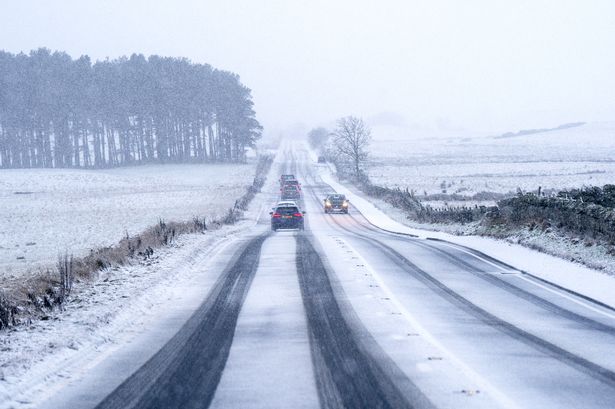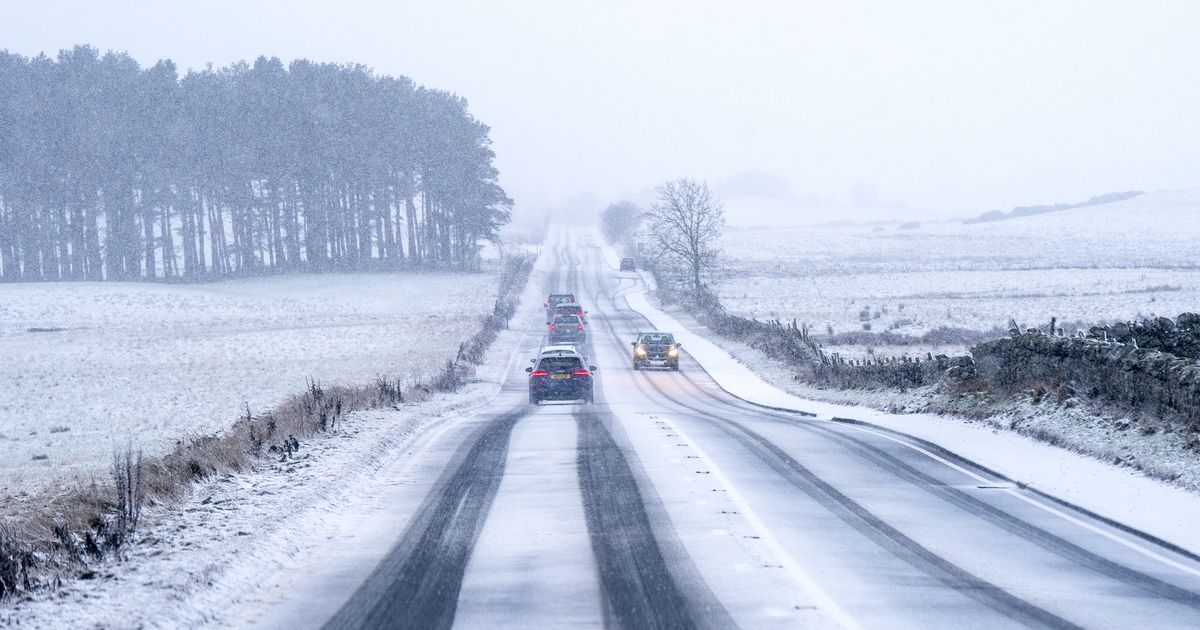Ireland is bracing for a cold snap this weekend, and signs from wildlife have left some people wondering if a harsher winter could be on the way.
10:43, 23 Oct 2025Updated 10:44, 23 Oct 2025
 Met Eireann has said winter hazards cannot be ruled out this year(Image: PA Wire/PA Images)
Met Eireann has said winter hazards cannot be ruled out this year(Image: PA Wire/PA Images)
Ireland is bracing for a cold snap this weekend, with weather models predicting temperatures could dip to as low as 1C in some areas. While parts of the UK may see snow flurries, Met Eireann’s forecast indicates that wintry scenes are unlikely to make an appearance here – at least for now.
As we head deeper into winter, who knows what may come – and some are looking to nature for clues about what lies ahead. Squirrels scrambling and spiders beginning to appear indoors – signs we’ve all seen this year – have long been considered by some as signs of a harsher winter, and this year’s activity may be sounding the alarm for a particularly long and cold season.
For centuries, folklore has suggested that the behaviour of wildlife can hint at the severity of an upcoming winter. One well-known example is the woolly bear caterpillar, Express reports.
Legend has it that the width of the brown band on its back can indicate how mild or harsh the winter will be – a wider brown band supposedly predicts a gentler season. However, experts remain sceptical about relying on a caterpillar to predict the weather.
Similarly, squirrels have long been linked to winter predictions. Some people say that squirrels gathering extra grass, leaves and moss or stockpiling nuts may be preparing for a harsher than usual season.
Spiders are another creature sometimes linked to winter warnings. Reports of spiders spinning larger webs than usual or appearing in homes in greater numbers during autumn are sometimes linked to colder weather. But in reality, this behaviour is simply part of their life cycle – many species reach maturity in the autumn and males start roaming about in search of mates, which is why we see more of them indoors.
Birds are also said to hint at winter severity. Folklore suggests that unusual migration patterns can signal harsh weather ahead. While birds do have a remarkable ability to sense storms through changes in atmospheric pressure, temperature and humidity, their movements are not reliable indicators of an icy season for Ireland.
Astronomically, winter in Ireland begins on Sunday, December 21 with the winter solstice, and runs until the spring equinox on March, 20. By the meteorological calendar, winter starts on December 1 and ends on February 28, or 29 in a leap year.
Met Eireann has released its seasonal outlook for November, December and January. While the forecast suggests above average temperatures overall, colder spells are still possible, meaning winter hazards cannot be ruled out.
It said: “The signal from the C3S seasonal models for Ireland during the NDJ period is for above average temperatures. Rainfall amounts are less certain with potential for both wetter and drier than average spells within the three months.
“Mean temperatures during NDJ are signalled to be above average overall. Temperatures are likely to trend between 0.5 and 1.0C above average generally. However, colder than average periods, where winter hazards are possible, could still occur at times.
“The rainfall forecast is less certain. Generally, there is potential for both wetter and drier than normal conditions through NDJ.
“The sea surface temperatures around Irish coasts and over the Atlantic are expected to be above average during NDJ, trending 0.2 to 1.0C degrees higher than normal generally. Sea surface temperatures are expected to be highest in comparison to normal during December and January.”
Subscribe to our newsletter for the latest news from the Irish Mirror direct to your inbox: Sign up here.
